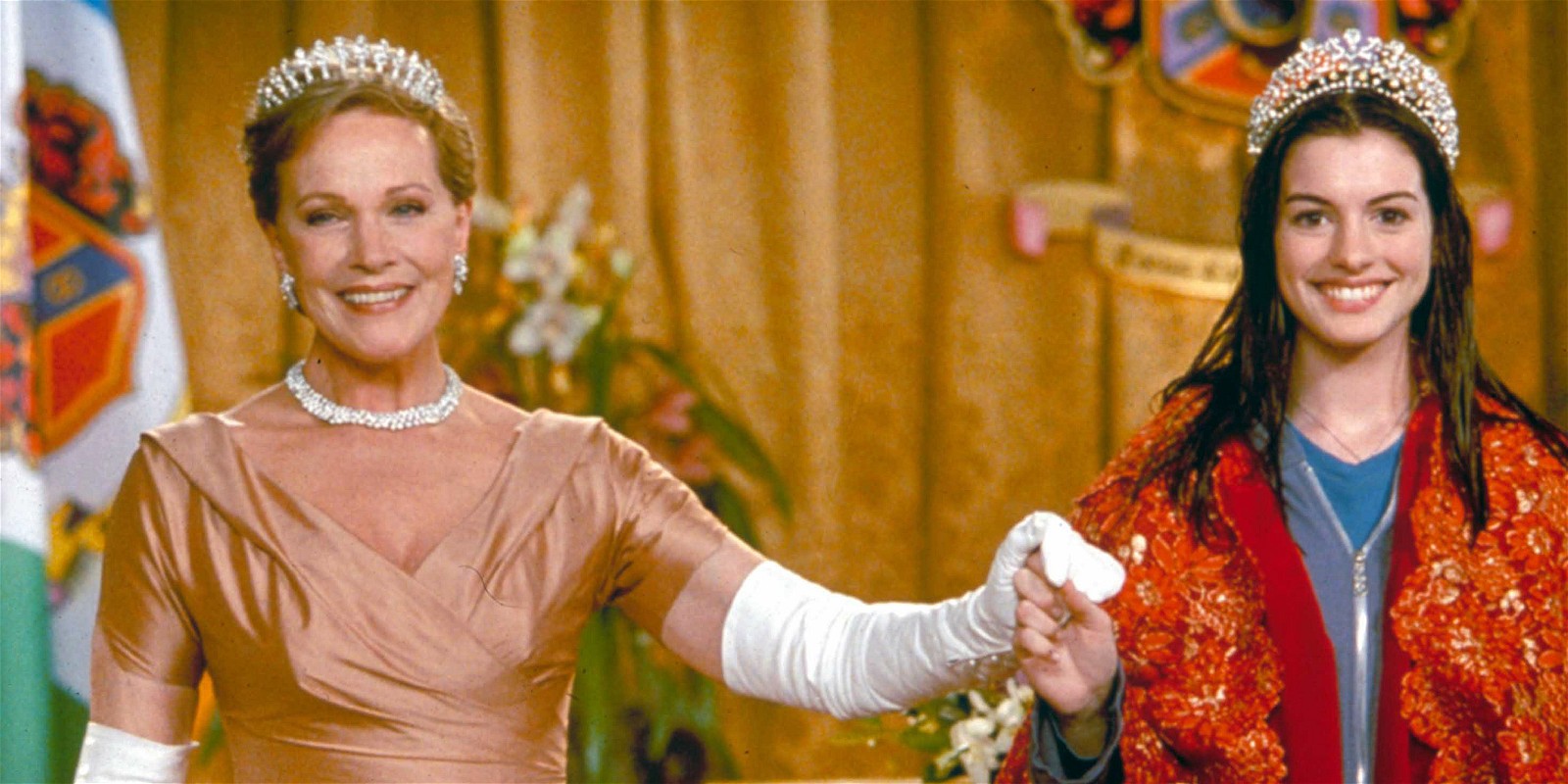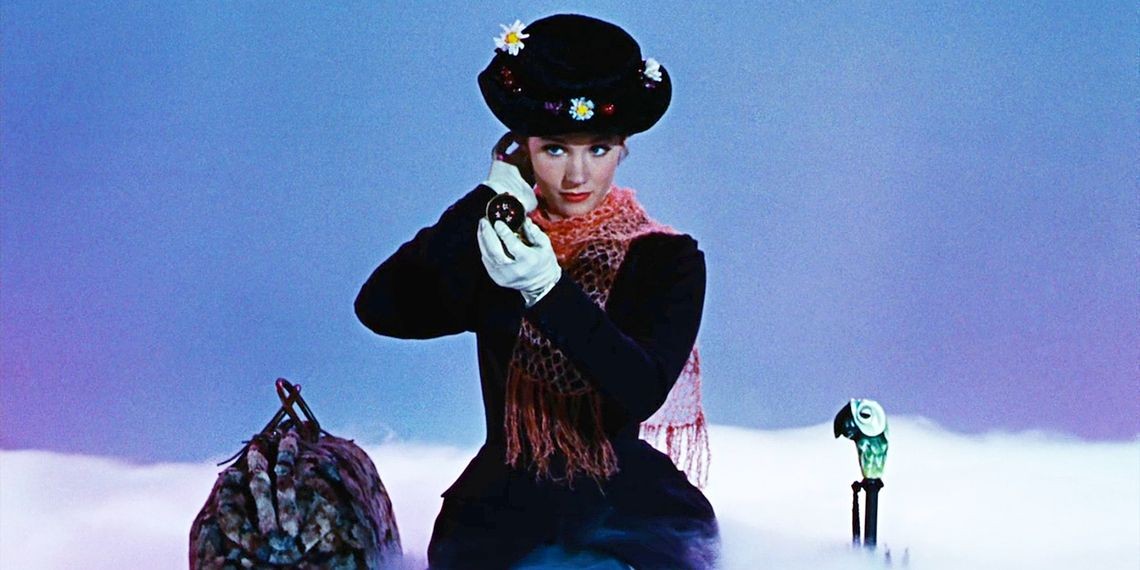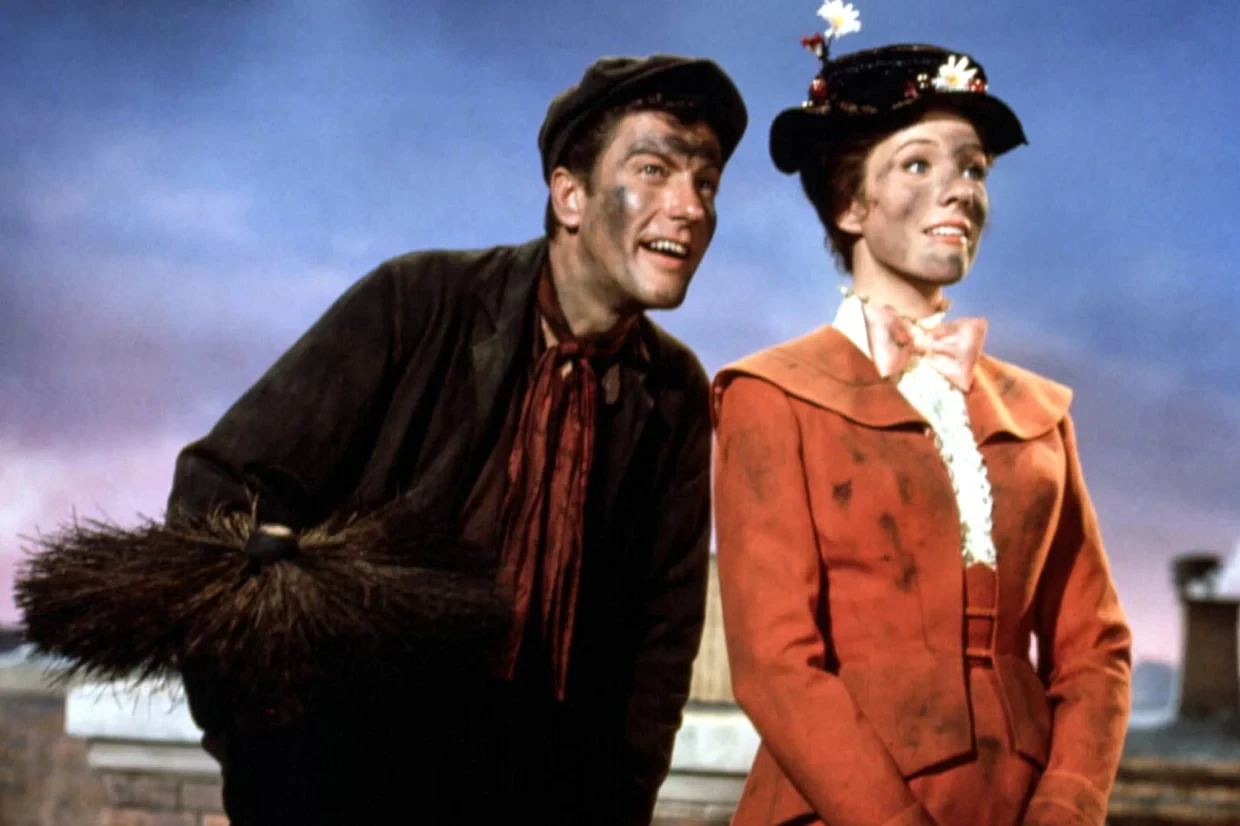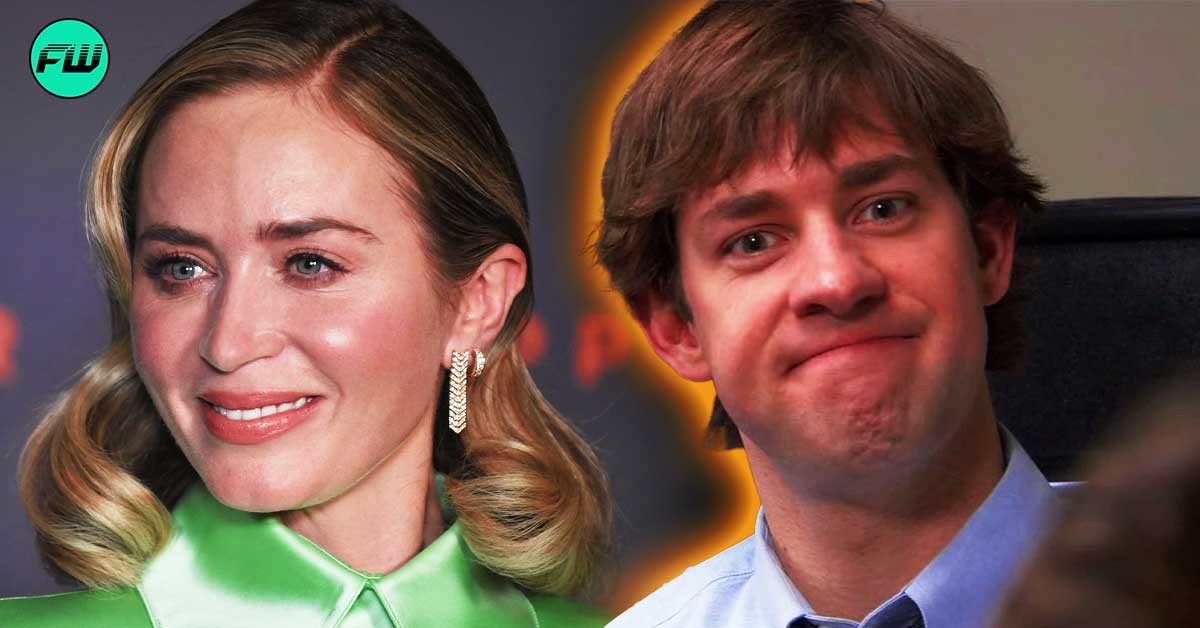Julie Andrews is one of the most iconic and significant actresses in Hollywood history. Being a part of the industry since the 1960s, she has starred in many films that are now considered classics. From The Sound of Music, The Princess Diaries, Victor/Victoria, and most recently, Bridgerton.

While she has gained notoriety through these works, there is one film that helped her establish herself as a true talent. The actress starred in the 1964 cult-classic film, Mary Poppins.
Interestingly enough, it was recently announced that this iconic children’s film from sixty years ago is having its age rating changed. All because of the use of one word.
Julie Andrews’ Mary Poppins No Longer A Children’s Film
A spokesperson for The British Board of Film Classification recently spoke with USA Today about Julie Andrews’ Mary Poppins. They stated the film, which has become a cult classic for children of all generations, is no longer put in the ‘U’ category and will now be a ‘PG’ film.

The reasoning behind this is that the BBFC believes the film to have ‘discriminatory language’. The representative spoke on this, stating that they understand that the film came out during a different time, and therefore, the context in which the language used was different.

“While ‘Mary Poppins’ has a historical context, the use of discriminatory language is not condemned, and ultimately exceeds our guidelines for acceptable language at U,” the spokesperson added. “We therefore classified the film PG for discriminatory language.”
Even though the times were different, the audience now has changed a lot and under the BBFC’s guidelines, discriminatory language is not acceptable in the ‘U’ category. Henceforth, the rating for the film was changed.
Mary Poppins Had Racist Undertones?
The question that arises now is what word was used in Julie Andrews’ Mary Poppins that required such drastic measures at the hands of the BBFC? It would seem that twice in the film, the word ‘Hottentots’ was used.

Historically, the term was used by white Europeans to refer to the indigenous nomadic pastoralists in South Africa or Khoekhoe. The use of this word has been regarded as offensive and derogatory.
There were two times that the word was used in the film. Once by Admiral Boom’s character, when referring to the chimney sweeps. Boom said it again, this time when talking to Michael, where he asked if he wanted to ‘defeat Hottentots’ as a form of adventure.



